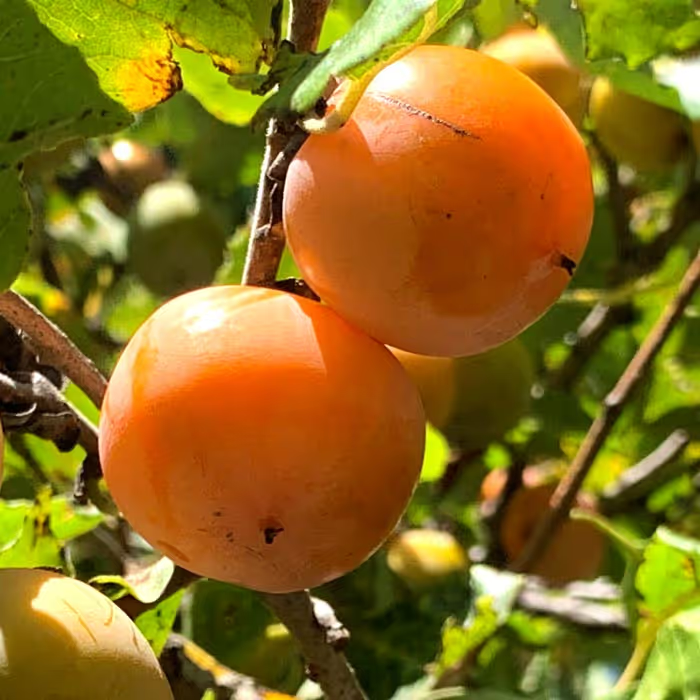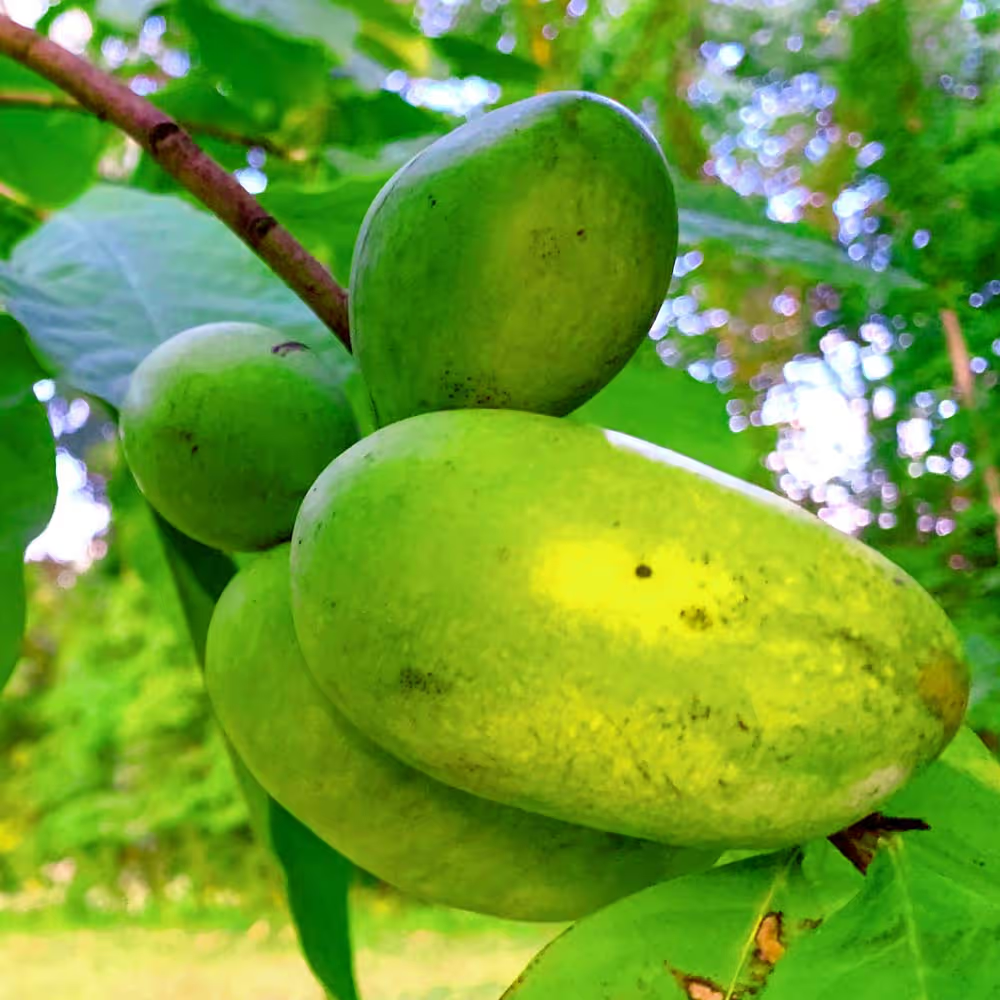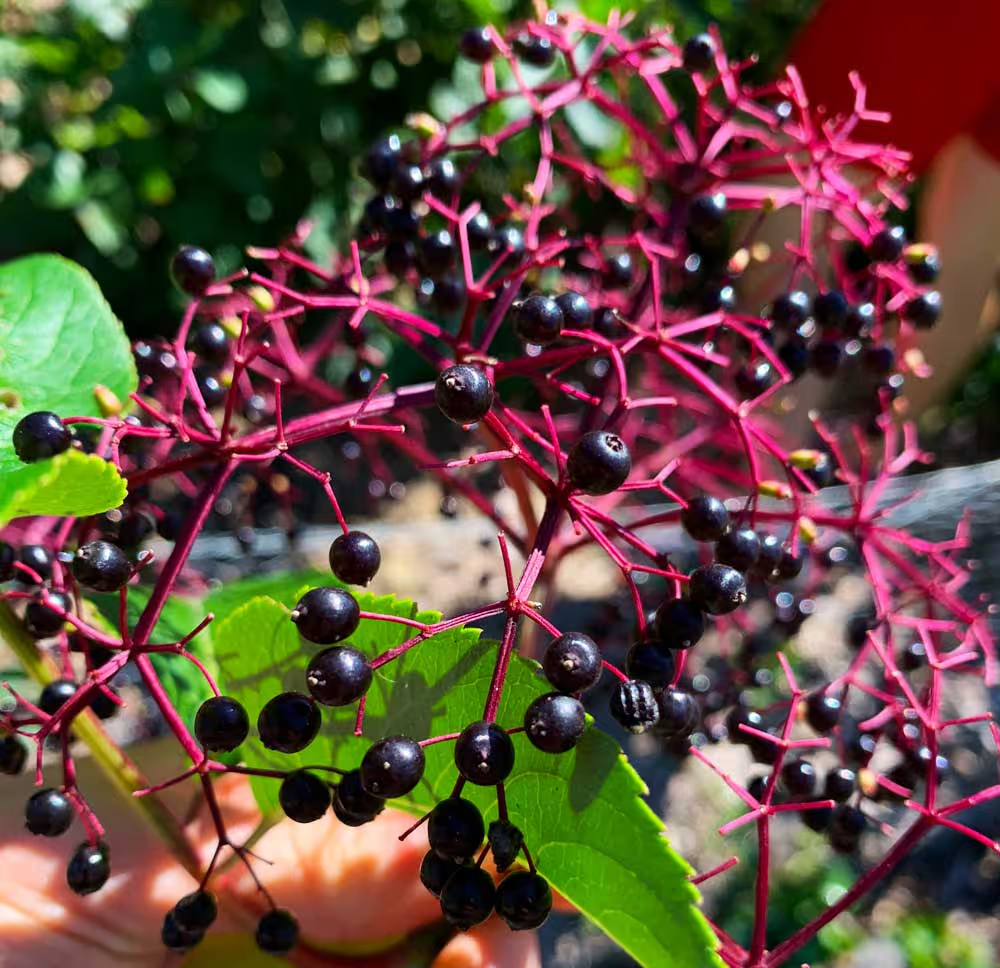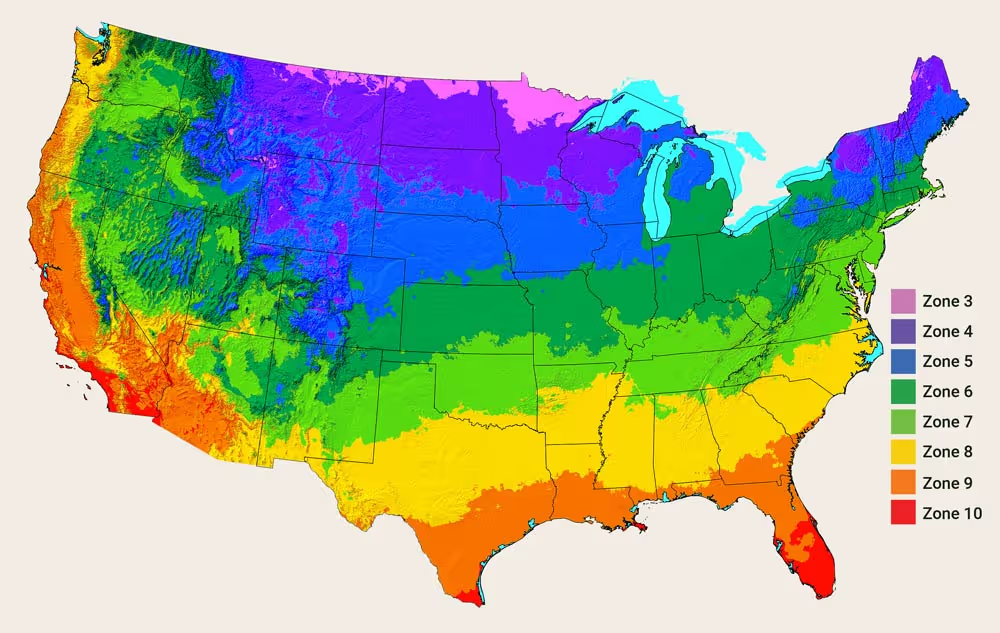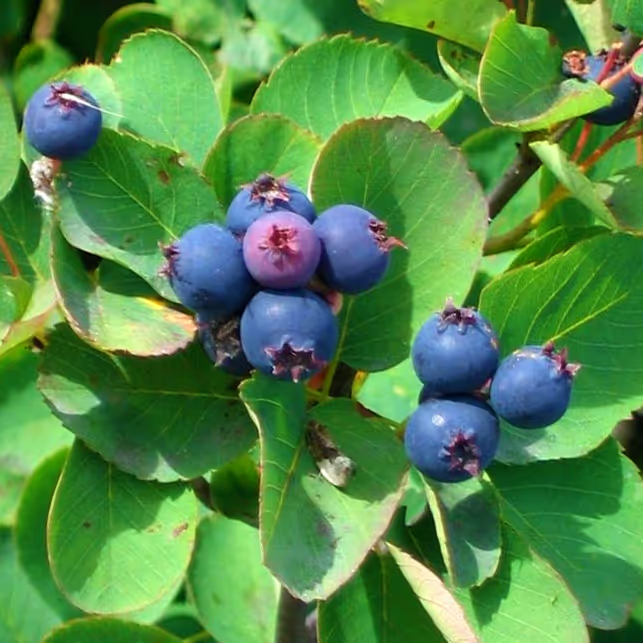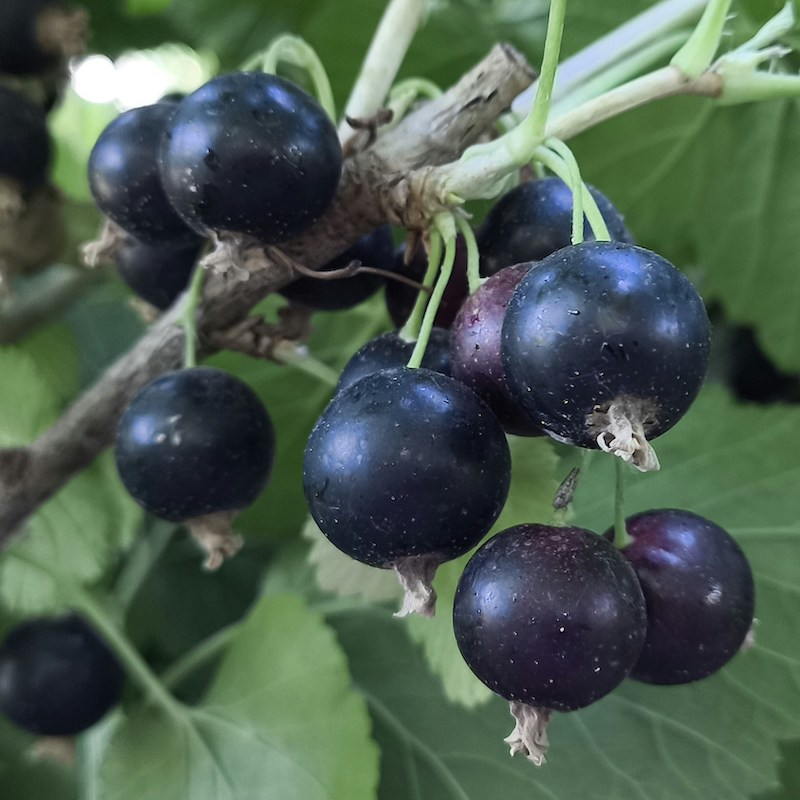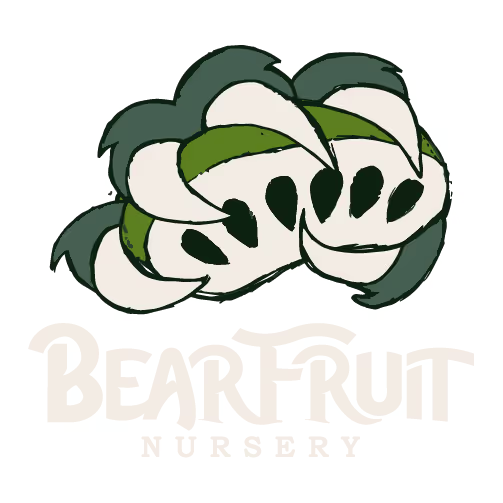Why Plant Northern Pecans trees?
Native Pecans That Keep on Giving
Northern Pecans (Carya illinoinensis) aren’t just any tree — they’re a native powerhouse that provides beauty, shade, and one of the most prized nuts in the world. These trees have been grown across the central and northern United States for generations, valued not only for their rich, buttery nuts but also for their resilience and adaptability. Northern Pecan seedlings are a low-maintenance, versatile species that appeal to humans and wildlife alike — squirrels, deer, and birds included.
What Do Northern Pecans Taste Like?
Freshly harvested Northern Pecans have a rich, buttery flavor with a subtle sweetness that makes them perfect for baking, candy, or just snacking straight from the tree. Unlike store-bought pecans that have traveled halfway across the country, home-grown nuts are fresher, more flavorful, and provide that “I grew this myself” satisfaction. Patience is key — these trees take time to mature, but the reward is more than worth it as they can serve your family for decades and decades to come.
Why Plant Our Bare Root Northern Pecan Seedlings?
Our Northern Pecan seedlings are grown outdoors in loose, fertile soil enriched with compost and mulched with local organic matter like leaves and wood chips. By growing them bare root instead of in containers, we encourage strong, deep root systems that establish quickly and thrive for decades. We do not use herbicides, pesticides, or chemical fertilizers — just natural care and attention. The seeds for our seedlings are sourced from select trees that consistently produce large, high-quality nuts. We’re proud to preserve these genetics, ensuring that each tree carries the legacy of great pecan production forward.


